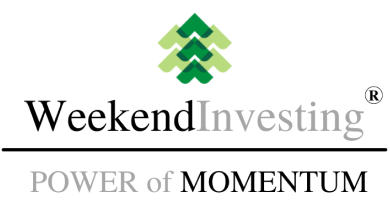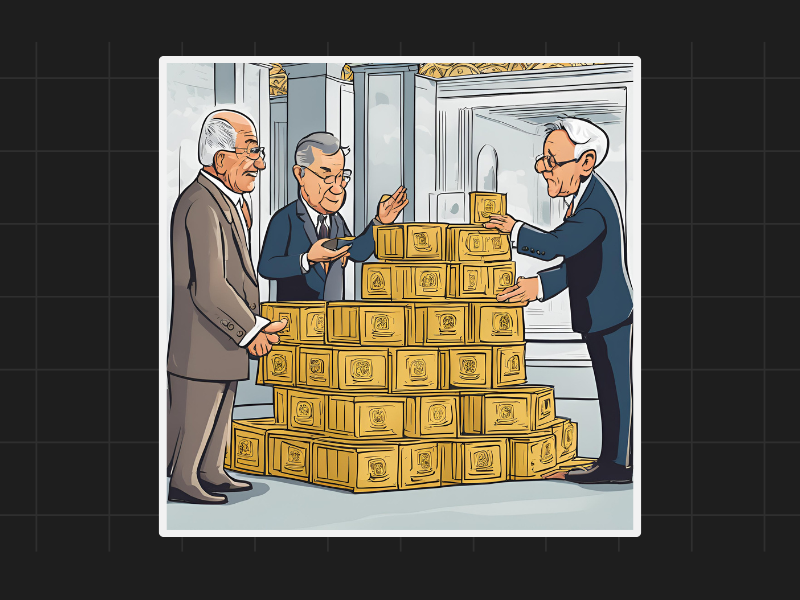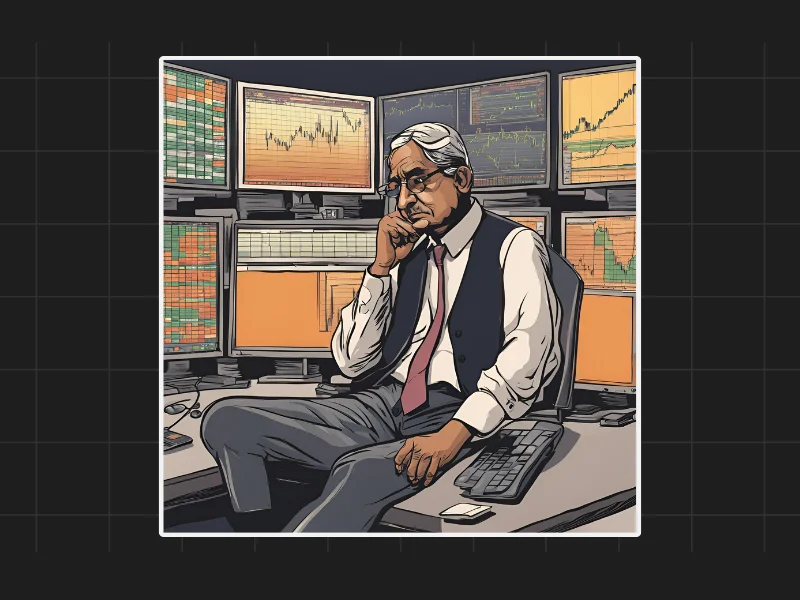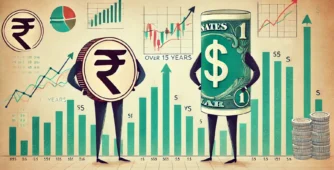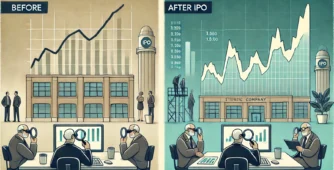Gold Price Trends Over the Last Decade
Over the past decade, the price of gold has seen significant fluctuations, particularly in relation to its popularity among various market players. When we look at gold’s price movement, as represented by the black line in a key chart, we can observe its rise, especially during certain periods. The gold price has recently reached near all-time highs of around $2,500. But what is truly interesting is the behavior of other market indicators that usually move alongside gold.
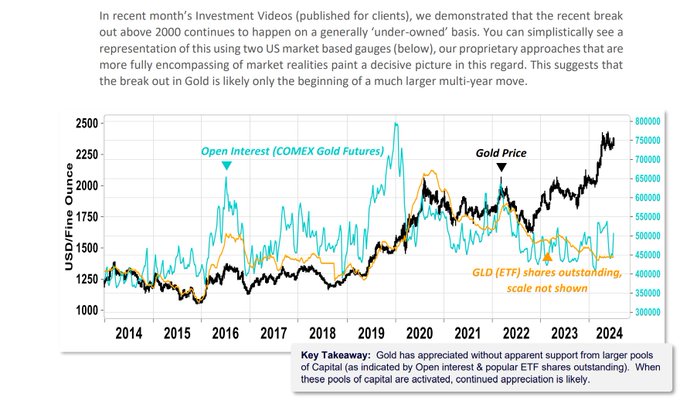
The Relationship Between Gold and ETFs
In addition to gold prices, the chart also tracks the GLD ETF, the most popular gold ETF globally. This is shown by the yellow line. The ETF’s tonnage, or the amount of gold held by the ETF, usually increases as gold prices go up. This happened between 2018 and 2020, when both the gold price and ETF holdings rose together. However, since 2020, despite the rise in gold prices, the ETF holdings have not increased significantly. This suggests that general investors, such as hedge funds and institutions, are not yet heavily investing in gold through ETFs.
Open Interest in Gold Futures
Another key indicator is the open interest in Comex gold futures, represented by the blue line. Open interest refers to the number of active contracts in the futures market. Like ETF holdings, open interest typically rises when gold prices go up, as it did between 2018 and 2020. But, just like the ETF holdings, open interest has not seen a significant rise despite gold’s current high prices. This again suggests that large-scale investors have not yet returned to the gold market in full force.
The Implication of Under-Ownership
The current situation presents a unique opportunity. Gold prices are at an all-time high, yet the market does not appear to be over-owned. Over-ownership occurs when too many investors are holding an asset, making it more vulnerable to price drops if they start selling. In contrast, gold seems to be under-owned right now, as major market players like institutions, hedge funds, and family offices have not yet made significant investments. This could mean that there is still a lot of potential for gold prices to rise further, especially when these players decide to enter the market.
Potential for Future Demand
Given this scenario, the gold market may have a strong demand buffer. This means that even if prices were to drop slightly, the potential for new buyers entering the market could quickly drive prices back up. The lack of over-ownership and the potential influx of institutional investors suggest that the current gold rally could sustain itself for a long time, possibly leading to even higher prices in the future.

Disclaimers and disclosures : https://tinyurl.com/2763eyaz
If you have any questions, please write to support@weekendinvesting.com
